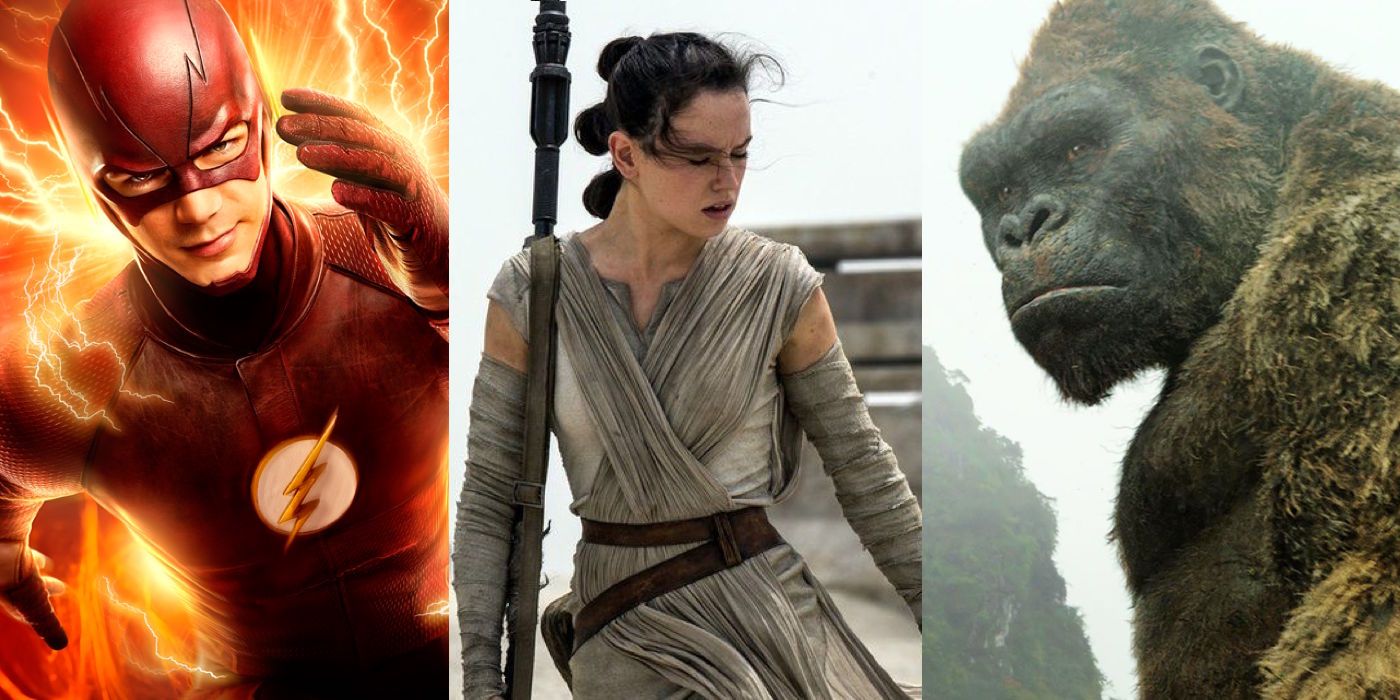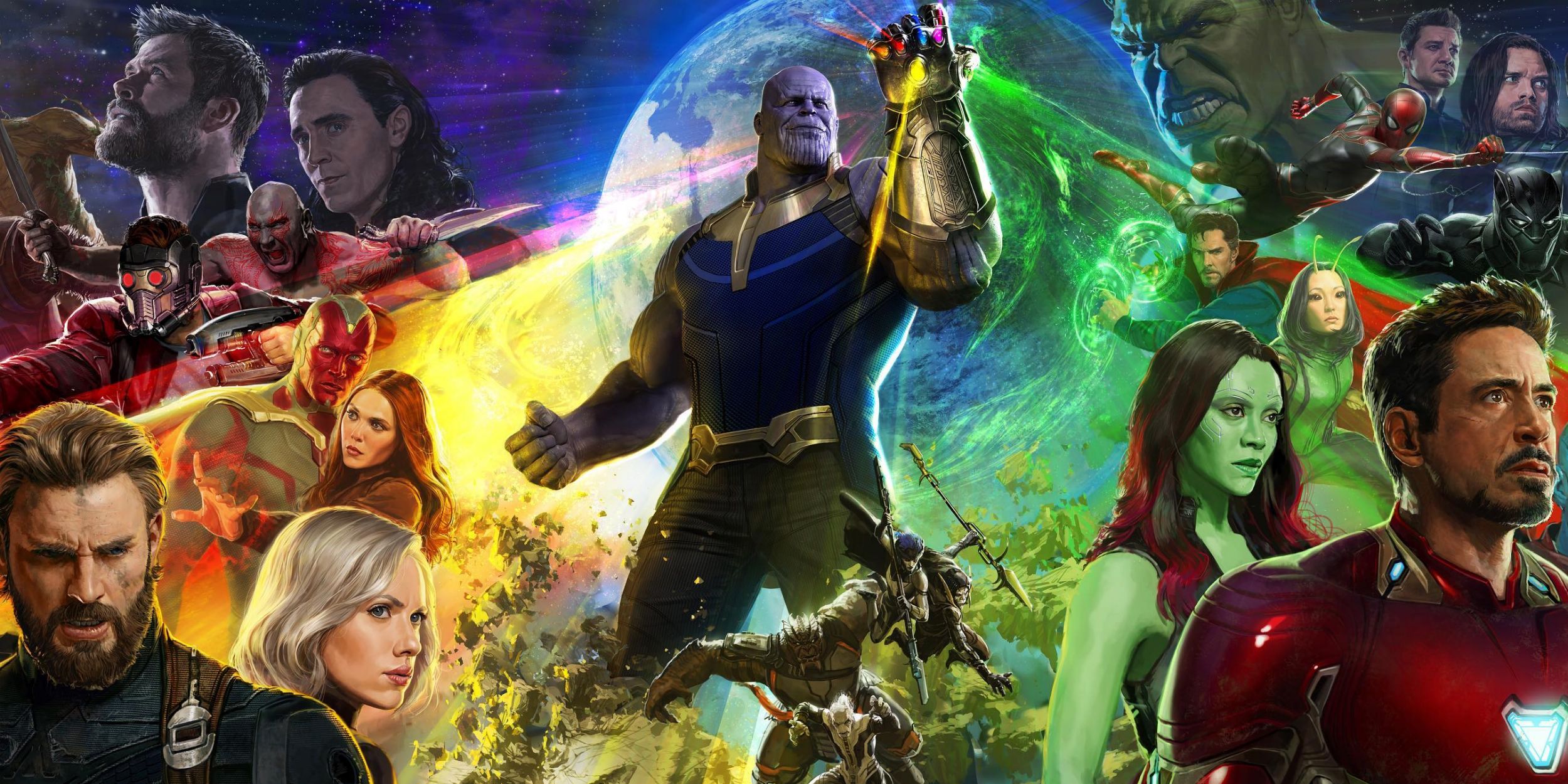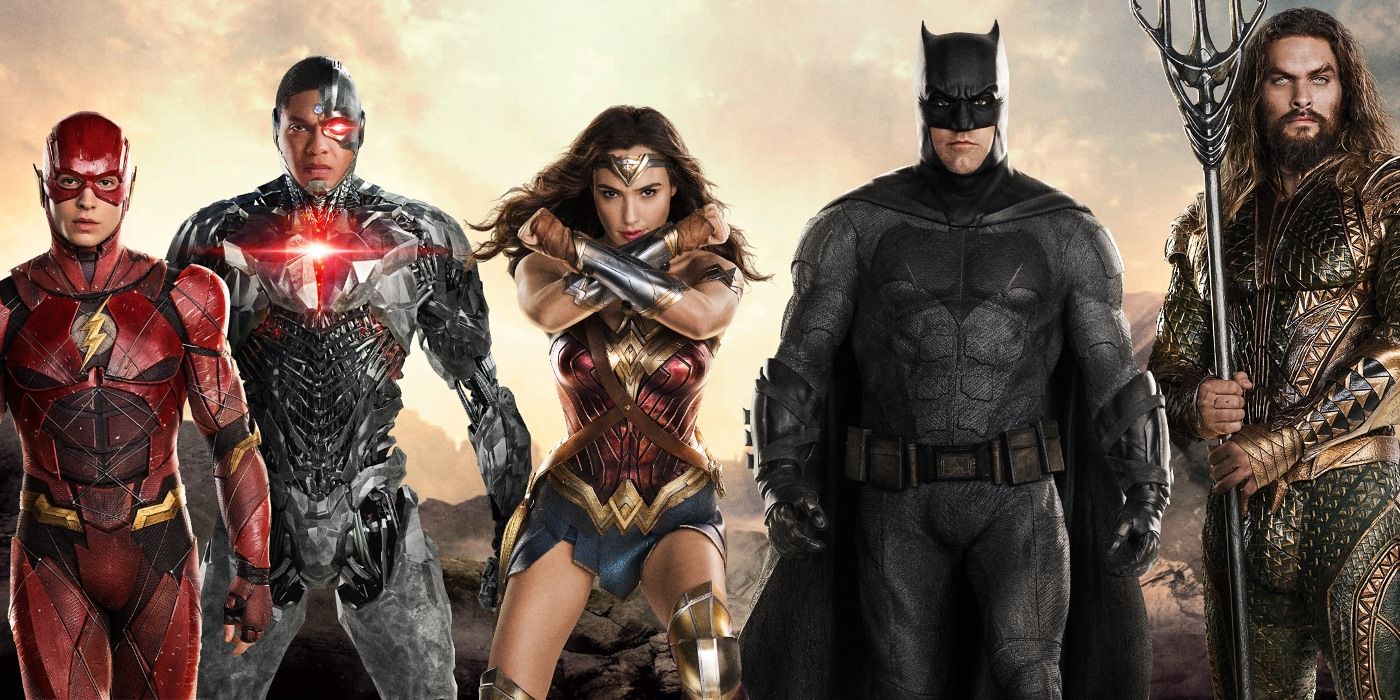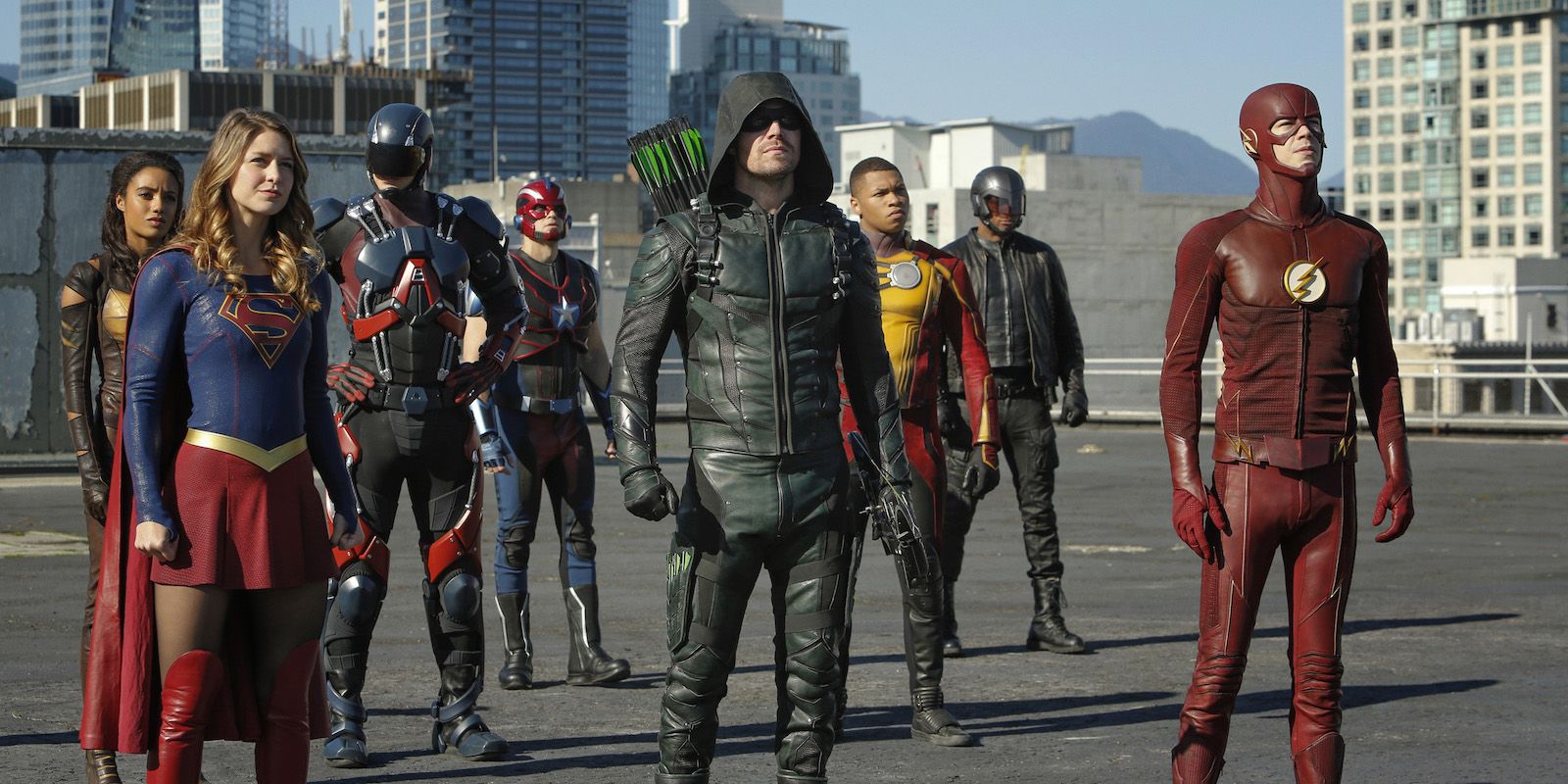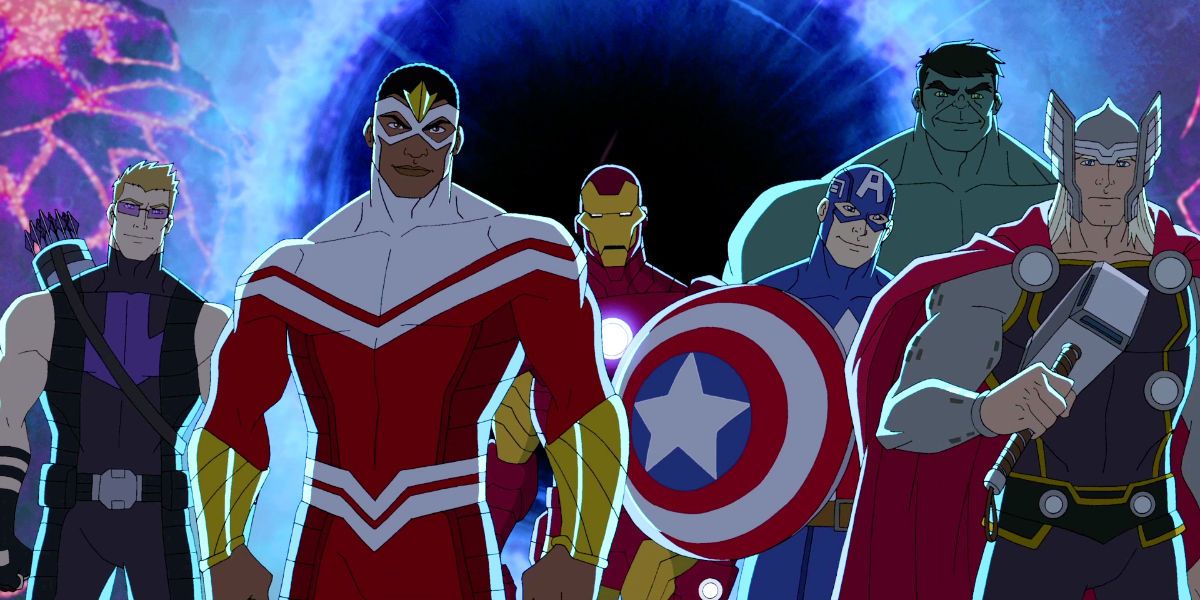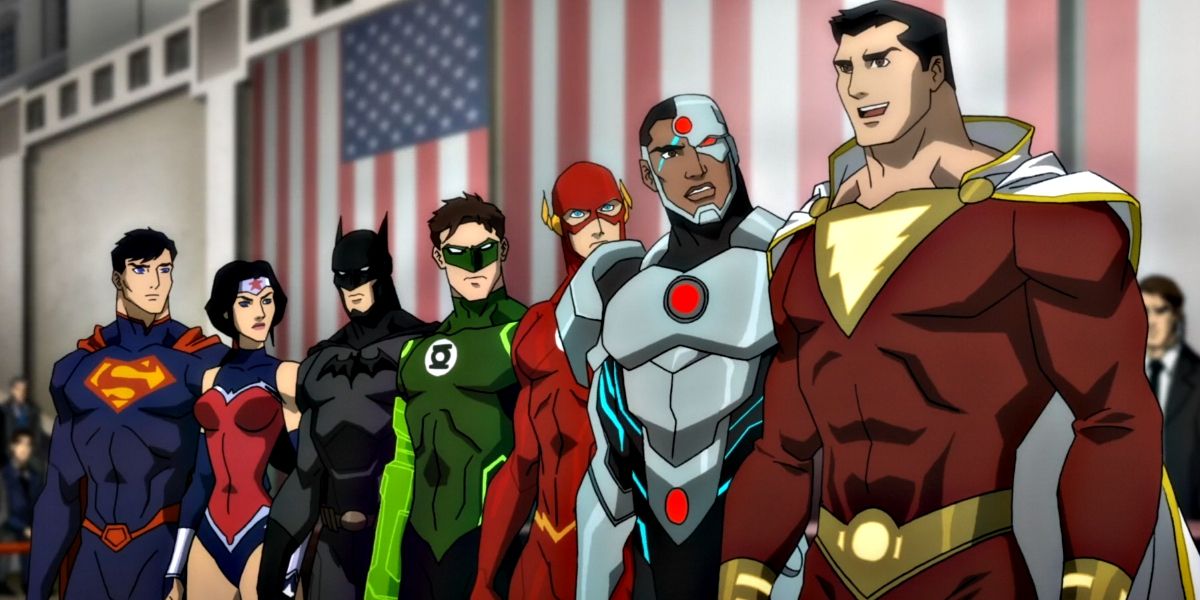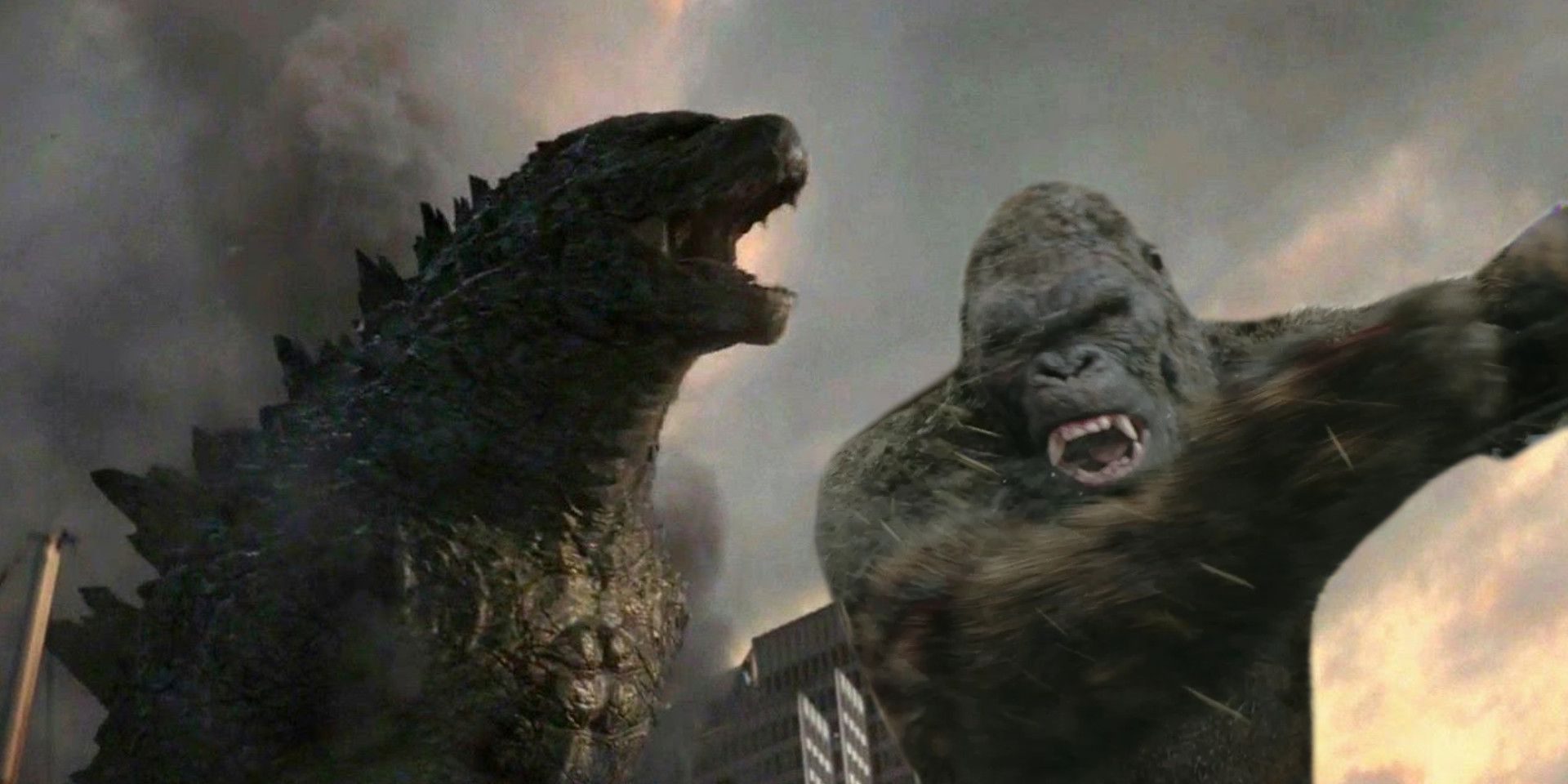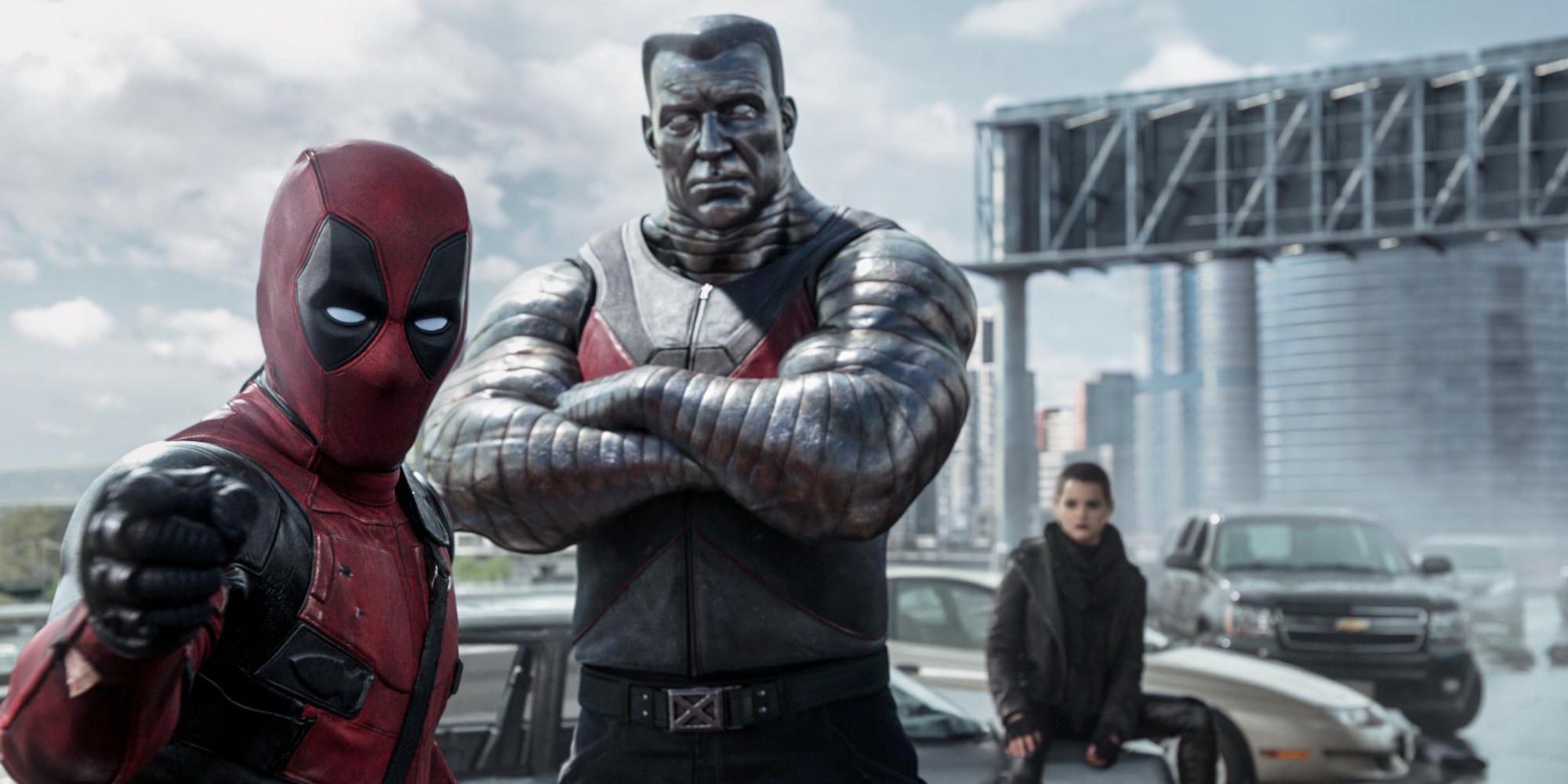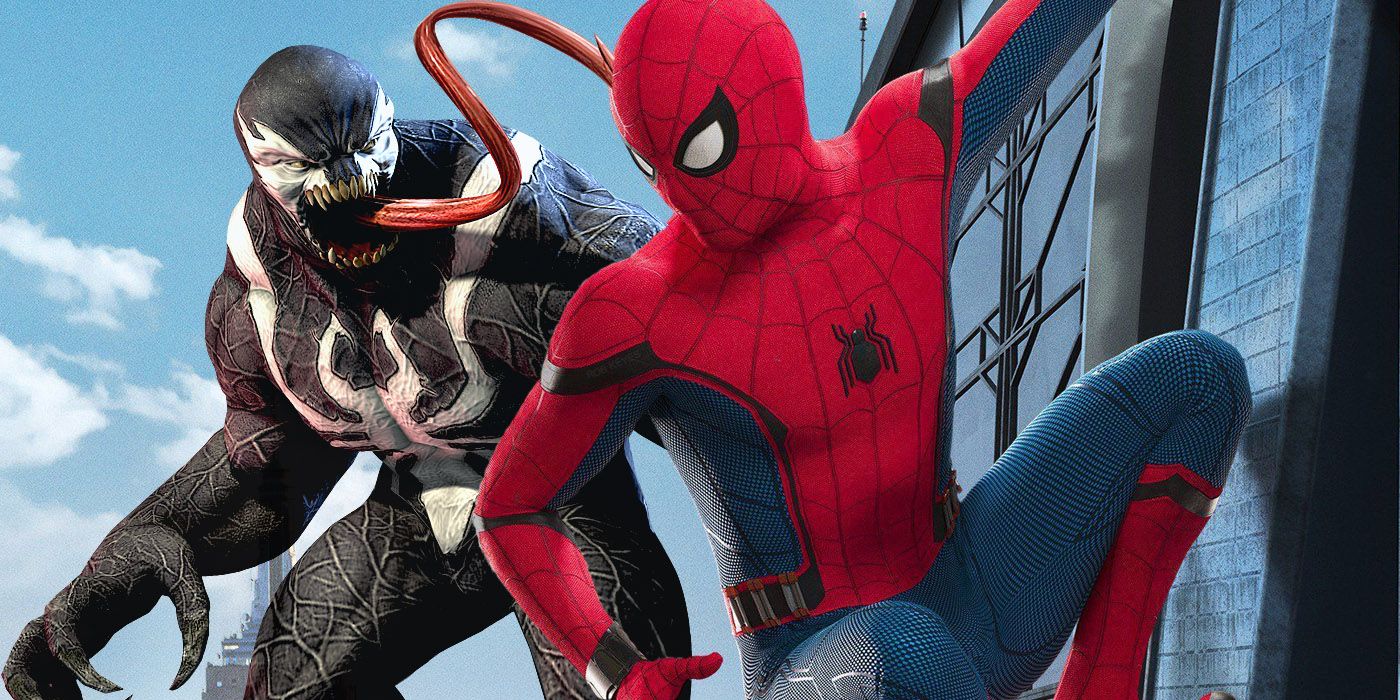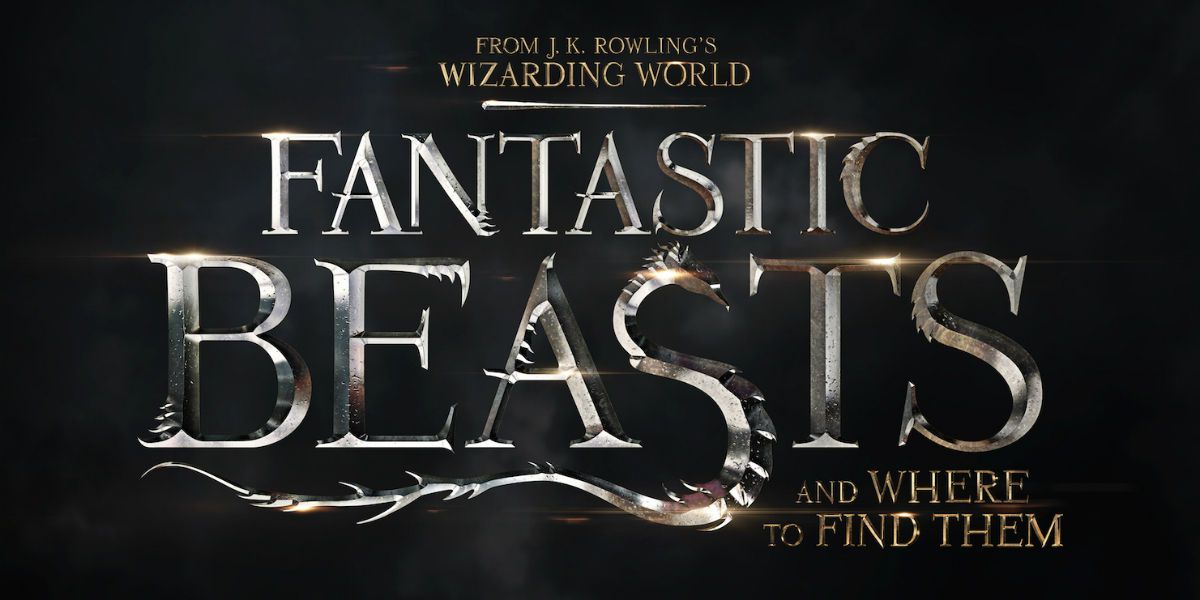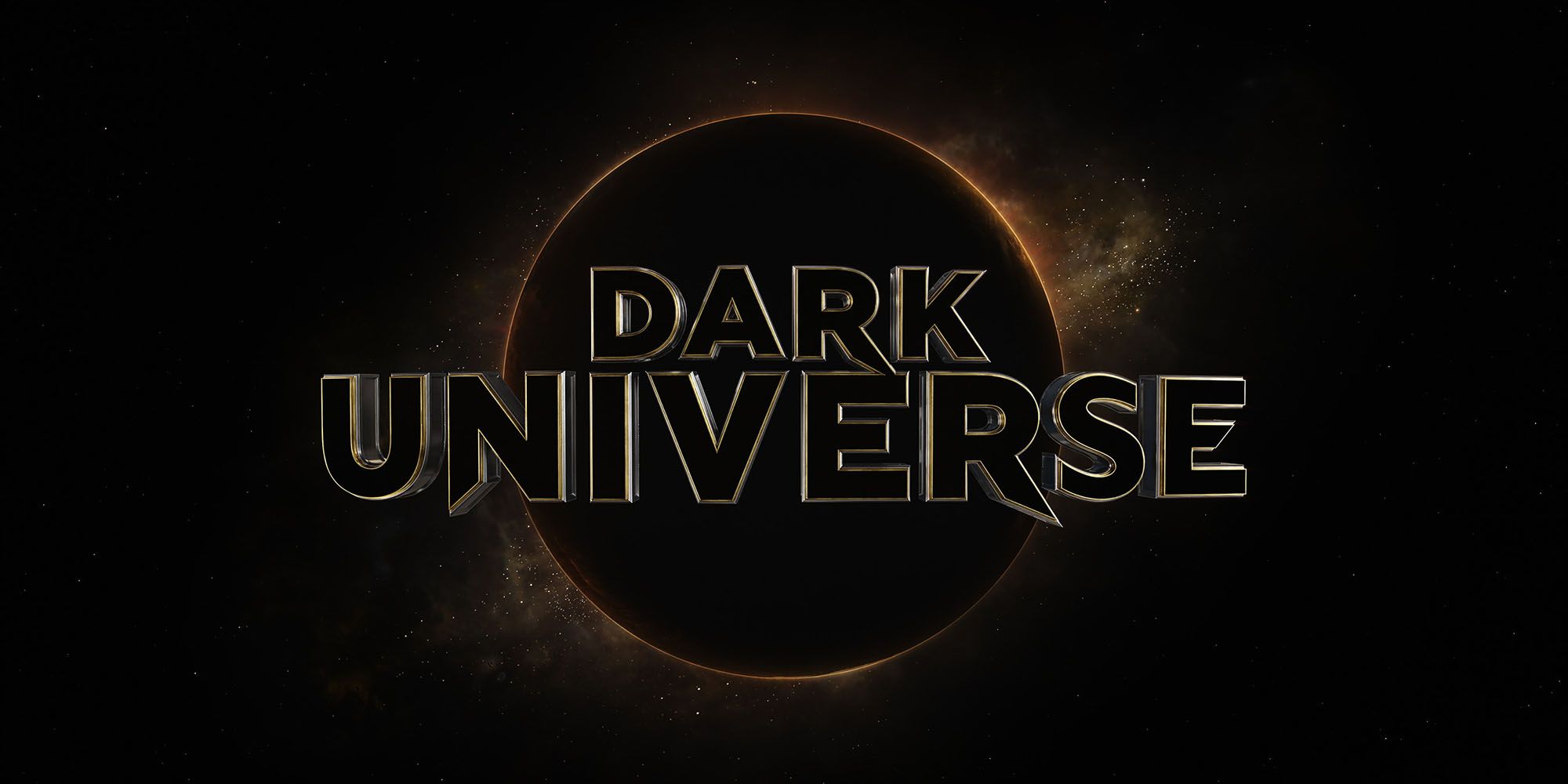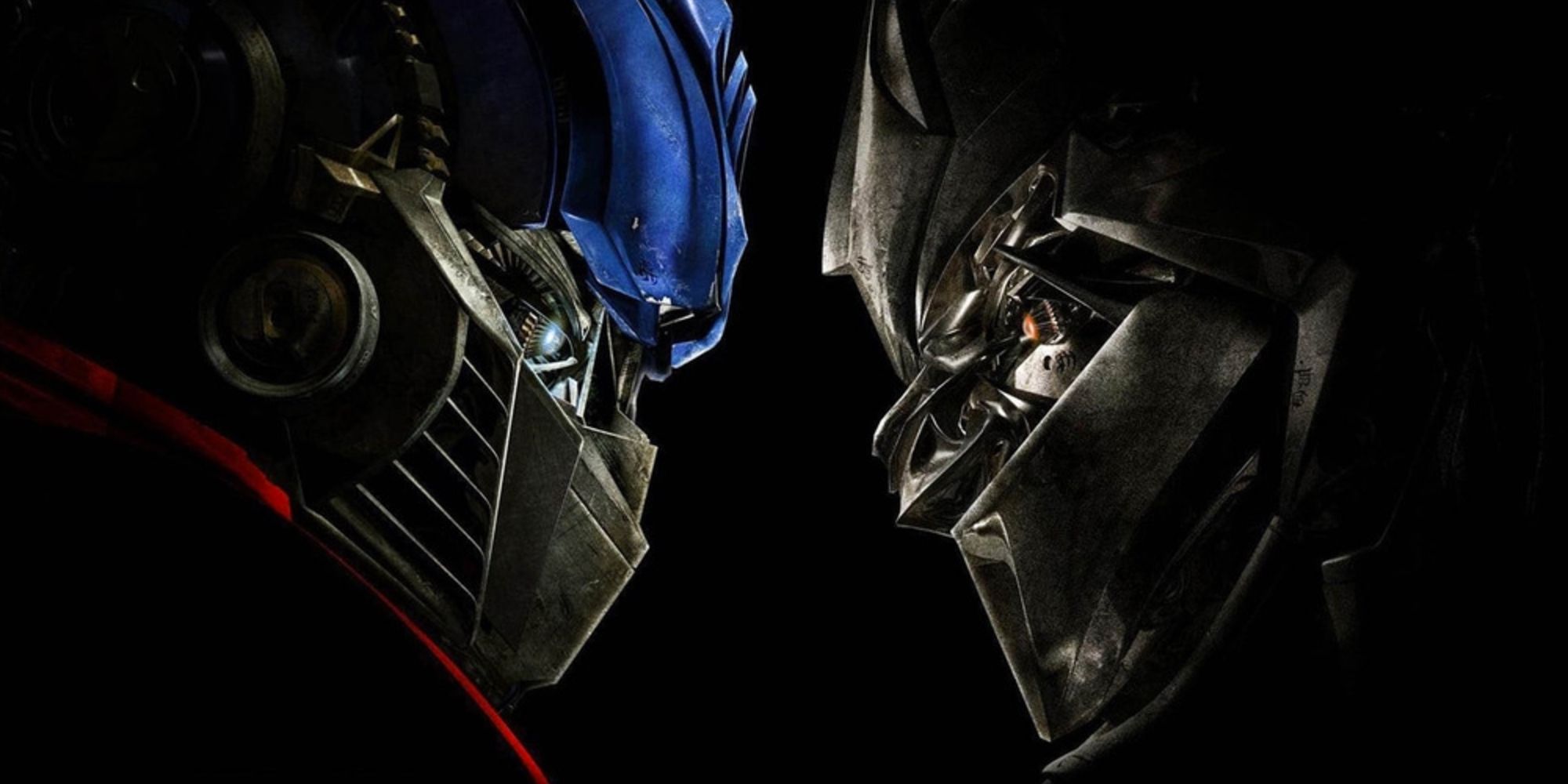While movie studios have long had to get by on sequels, prequels, spinoffs, and reboots to keep blockbuster filmmaking alive, the success of 2012’s The Avengers may prove to be one of the most impactful innovations in tentpole filmmaking. While Marvel Studios had spent four years crafting the first true cinematic universe, the massive financial and critical success of their team-up proved that the idea was a viable one. While a number of other solvent worlds have sprung up since, everything from James Bond to Robin Hood is attempting to get in on the shared universe game with mixed results
While comics, video games, books, and even TV have had similar models for decades, the MCU began what we now think of as a shared universe. In time, we may come to consider all franchises involving spinoffs and prequels as part of this model. For now, however, a shared universe is best defined as a series of stand-alone films and/or television shows that exist in the same narrative world. And though variations on this idea have existed in the past, we wanted to take a look at every current shared movie and television universe—even those that are only just getting off the ground.
The Marvel Cinematic Universe
In terms of film output, the MCU is the largest and most successful shared universe so far. It also helped to pioneer the very concept that has taken Hollywood by storm. Back in 2008, Marvel Studios launched their first two features squarely under their control: Iron Man and The Incredible Hulk. Not only were both films said to occupy the same narrative universe, but their respective credits stingers helped to lay the foundation for The Avengers. Iron Man’s scene gets a lot of credit for name-dropping the group and including Nick Fury’s first appearance, but Hulk’s was even more significant as it featured Robert Downey, Jr. as Tony Stark. In doing so, Marvel proved their film’s really were all connected.
What followed were two new stand-alone films in Captain America: The First Avenger and Thor, along with Iron Man 2. It wasn’t until all five films were out that everyone came together for The Avengers. Compared to other shared universes, this is impressive for a number of reasons. Not only was it uncharted territory, but Marvel had to introduce a number of fairly unknown characters without the benefit of them cameoing in other films first. The Avengers then brought together the stars and characters from five separate films and culminated in the first-ever team-up movie.
Since then, sequels and spinoffs have arrived, but Marvel has continued to create completely independent stories on the big screen. And along with some dubiously connected TV shows, each of these projects share the same narrative space as previous films. Thanks to this, Marvel Studios have continued to lead by example when it comes to crafting and maintaining a shared universe.
Star Wars
In some ways, Star Wars is an early example of a shared universe thanks to all the ancillary books and comics that came out surrounding the original trilogy, most of which has not remained canon. Like many hit film franchises, games, books, comics, and other media cropped up over time. But these other stories were never considered part of the true narrative. Just as Marvel Comics and Marvel’s pre-MCU movies weren’t all part of a single world, it wasn’t until more recently that Star Wars solidified as a shared universe.
When Disney bought Lucasfilm, one of their first moves was to shunt all of the existing books and comics from the Expanded Universe into the new Legacy category. Meanwhile, the original trilogy, the prequels, and The Clone Wars film and TV series (not to be confused with Clone Wars, a previous, non-canon animated series) were all made the core canon. From there, a new set of novels, comics from Marvel, and the TV show Rebels were added. Even more impressive, but Lucasfilm established a story group to oversee every single project.
Given that dozens of novels and kids books have been made along with a bunch of comics and all the shows and movies, the Star Wars shared universe is actually the largest one to date. In terms of cinema, however, Rogue One: A Star Wars story is the only true stand-alone they’ve made.
Along with Rebels, it’s the only film or television project in canon that isn’t a spinoff, prequel, or sequel. Even Rogue One and Rebels more or less follow the same story events as the main films. Hopefully, the future will bring more isolated stories to the big screen. Star Wars may have existed for decades, but their shared universe is only getting started.
DC Extended Universe
Like Star Wars, the DCEU has yet to become as expansive as the MCU. Lacking books, comics, and TV shows within the universe, the end of 2017 will only see 5 films under its belt. And out of those, only one technically qualifies it for shared universe status. With the DCEU, much of its status as a shared universe comes from intention. It has a name and plans to make more films, but it’s been slow-going and plagued by production troubles.
Things began with 2013’s Man of Steel, which stood alone for three years before Zack Snyder helped flesh out the DCEU with Batman v Superman: Dawn of Justice. Still, that film was essentially a sequel to Man of Steel, using many of the same characters and directly following the narrative of the previous film. Justice League, meanwhile, will finish that arc and Wonder Woman is technically a spinoff of BvS. Even next year’s Aquaman could be viewed as a Justice League spinoff.
While most of Marvel’s films stand alone, the DCEU’s only separate entry is Suicide Squad. The film introduces us to brand-new characters that have yet to appear on screen, but inhabit the same world as the other DCEU characters (a few even have cameos). As time goes on, new films like Shazam and Batgirl will likely do the same thing. And as we’ll see with a few later examples, sometimes the intent of a shared universe is more important than actually meeting the qualifications.
Arrowverse
While the MCU keeps its TV shows ostensiblly in the same universe, DC has taken a different approach. Even before the DCEU was properly established, DC TV was helping to craft the most successful television shared universe. When Arrow began, the CW show looked just like any other DC TV show from over the years. With the backdoor pilot for The Flash, however, the foundation was laid for something unique.
While The Flash and even Legends of Tomorrow could technically be viewed as spinoffs, Supergirl and the upcoming Black Lightning are stand-alone projects. And while the latter may be in its own corner of the multiverse for now, Supergirl has hopped over a number of times. Over on the CW Seed, the network’s streaming service, the animated series Vixen was introduced. Another stand-alone series, the character eventually jumped to Arrow with her grandmother becoming a character on Legends. Freedom Fighters: The Ray will soon join the animated corner of the universe, and even NBC’s failed Constantine technically exists in the Arrowverse now thanks to a crossover.
For the time being, the various other active and planned DC television shows exist in their own world, but a not-too-distant future could see a massive Arrowverse that exists across all of TV.
Marvel Animated Universe
The MAU is a bit tricky. Technically, it’s the name applied to the various ‘90s cartoons Marvel produced. Since then, they’ve also made a number of other shows and animated films, but they all seem to be stand-alones. When it comes to a true shared universe that’s active, however, the current MAU fits the mold.
The Marvel Animated Universe is the only other sole TV shared universe besides the Arrowverse. Though only loosely established, it still fits the criteria by having various stand-alone properties that occasionally intersect and share story elements. Following the shuttering of Avengers: Earth’s Mightiest Heroes, Avengers Assemble joined Ultimate Spider-Man on Disney XD. That same year, Hulk: Agents of S.M.A.S.H. premiered as well. All three shows feature completely separate storylines, but the various characters have all crossed over. When they do, they share the same voice actors, keeping things just as connected as if they were movies.
The recent Guardians of the Galaxy animated series is also technically a part of the universe, but the characters had previously appeared on all three shows with different designs and actors. And with Ultimate Spider-Man ending and Marvel’s Spider-Man bringing in a new cast, using a different animation style, and revisiting the character’s origins, the fate of the MAU is unknown.
DC Animated Universe
There are actually two different DC animated shared universe. The first is officially dubbed the DCAU and began back with Batman: The Animated Series. A number of other shows followed, with things seeming to end back in 2006 when Justice League Unlimited finished its run. Things have continued, however, in comics. Meanwhile, the return of Bruce Timm, who helped craft many of the original DCAU shows and movies, on projects like Batman & Harley Quinn means things may be active once again.
Meanwhile, there’s the DC Animated Movie Universe. Beginning with Justice League: War, this new world follows the example of the New 52 in the comics by retelling the origins of various characters in a darker and more mature setting. Confusingly, however, the universe doesn’t include every recent DC animated film. Batman: Assault on Arkham, for instance, seems to fit the mold but isn’t part of the DCAMU continuity. Next year’s Suicide Squad: Hell to Pay, on the other hand, will be. In a way, this mimics the various DC TV shows, with the Arrowverse not connecting to things like Gotham. Still, you’d be forgiven for being a bit confused.
MonsterVerse
Legendary’s MonsterVerse is only comprised of two films so far, but the universe fits the shared world model better than most. In 2014, the studio launched a new Godzilla film, reintroducing the monster in a more grounded reality full of kaiju. Earlier this year, they explored more of the connective tissue of the universe through the group Monarch and their work in the ‘70s hunting monsters. Kong: Skull Island helped to expand the world not just in scope but in time as well.
Thanks to both films, a better idea of the MonsterVerse has emerged. Meanwhile, Godzilla: King of Monsters is set to bring more kaiju to the big screen, before the giant lizard takes on the great ape in Kong vs. Godzilla in 2020. Both films so far have been successful enough, so there’s no reason to think the MonsterVerse won’t be able to continue along in its shared universe niche.
Fox/Marvel
Out of all the established shared universes, the Fox/Marvel one is the least defined and coherent. Whereas other universe have a running narrative, overarching themes, and sometimes even story groups, Fox’s various X-Men films have jumped all over space and time. By doing so, they’ve taken the most cavalier attitude yet to the shared universe model.
Some of this is likely due to the fact that a number of sequels and spinoffs had already been made before they attempted to bind everything together. Eventually, a plan was made to use Days of Future Past to reboot the universe. Of course, that only made things more confusing and Fox’s Marvel films since haven’t bothered clearing things up.
With multiple versions of characters like Cyclops, Emma Frost, Colossus, and Nightcrawler existing across multiple time periods and with different origins, it’s clear that the ‘FOX-Men’ universe is really a splintering multiverse. Even then, it wasn’t until last year’s Deadpool that it produced its first stand-alone film. New Mutants will follow next year, with Gambit possibly doing the same (though he’s another character that has already been introduced in one form).
The idea of any sort of continuity is out the window for Fox, and their Fantastic Four properties present an even bigger questions mark. Still, it’s hard to deny the stories make up some version of a shared universe.
Sony/Marvel
The remaining shared universes walk the line for a number of reasons. For the Sony/Marvel one, it has the most complicated path of all. While both previous Spider-Man franchises involved plans for spinoffs, recent years have hinted at Sony’s first true shared universe involving their hundreds of Spidey-adjacent characters. That said, nothing official has happened yet.
Venom and Silver & Black may well kick things off next year, but it’s best not to hold your breath when it comes to Sony and their proposed Spider-Man spinoffs. The biggest issue is that Spidey himself won’t be involved. Not only does this create a bizarre foundation for a shared narrative, but the theoretical Sony-Man universe may just be an extension of the MCU.
We’ve heard all sorts of conflicting reports about whether Sony’s upcoming films will be connected to the MCU and Spider-Man: Homecoming. While the main answer seems to be they’re not related (but they maybe sort of are), a recent report that Scorpion would appear in Silver & Black brings up the possibility that they will indeed be tied together. Either that, or Sony is about to make things even more confusing for the fans, let alone the average moviegoer.
The Wizarding World
The line walked by the Wizarding World opens up a number of questions about what makes a shared universe. For one, the Fantastic Beasts franchise is the only active film project based on J.K. Rowling’s world. But it joins an 8-film franchise based off an expansive set of books and short stories. So while the original Harry Potter franchise is no longer active, the current Fantastic Beasts series and the universe name help the Wizarding World gain the shared narrative status.
On the surface, Fantastic Beasts and Where to Find Them has the hallmarks or a spinoff or prequel. Given that Newt Scamander was only ever mentioned in the Harry Potter books and movies, however, it does act as a stand-alone. And though the story intersects with the one of the Boy Who Lived at the end, it mostly operates as a separate narrative within the same overarching universe.
All that said, the upcoming sequel is set to shift focus from a family-friendly tale of magizoology and explore the fabled war between Dumbledore and Grindelwald. By doing so, the series will start to resemble more of a prequel/spinoff. The books and stories on Pottermore, meanwhile, aren’t extensions of the films, but rather a separate universe that the films draw from like any other adaptation. Only time will tell if new stories will be told on screen involving Rowling’s universe, but for now the Wizarding World hits the mark well enough.
Dark Universe
Like Sony’s spinoff universe, the Dark Universe technically doesn’t exist. Still, it’s got a name, a statement of intent, and plans lined up for multiple films with lead actors attached. It’s also got a long and rocky history of attempting to become a reality. For those reasons, it at least deserves examination as a shared cinematic universe.
For years, Universal have been attempting to revive their classic monsters and create a universe around them. The plans never really heated up, however, until Dracula Untold. Before the film bombed, it was all set to start a new shared universe. Its failure, though, pushed those plans back to this year’s The Mummy.
Rather than learn from their lesson, however, Universal made a big stink by announcing new films, putting Russell Crowe’s Mr. Hyde in place as the Nick Fury that connects things, and even stealing a name from DC and Warner Bros. to crown their new beast. Unsurprisingly, however, The Mummy failed to find an audience stateside. And though it did well overseas, the future of the Dark Universe is still in question.
We’ll likely see a few more of the films arrive, but the shared narrative seems doomed already. Part of the issue is the same a number of even established universes have: in their haste to mimic Marvel’s success with The Avengers and beyond, studios are forgetting that it took Marvel four years, five films, and a clear vision before they pulled off their great experiment. Also damning the Dark Universe is the fact that all of their IPs are in public domain, meaning there’s nothing stopping the market from being flooded with other versions of Mr. Hyde, the Mummy, Frankenstein, and the rest of the gang.
Transformers
Like the Wizarding World, Dark Universe, and Sony’s Spider-Man spinoffs, the Transformers cinematic universe has provisional status. So far, the five films in the franchise have all been direct sequels. It does, however, have one thing that very few other shared universe have: a story group.
While the Transformers films aren’t necessarily known for putting a lot of care into crafting a story, the attempts by Paramount to create a shared universe have been taken more seriously. As of now, Star Wars is the only other shared universe with an oversight group who manages narrative. Most of the other universes have an overseer (or several) and Marvel used to have a story group, but Transformers has the only other active story group outside of Lucasfilm. So far, their work has all been theoretical, though.
Transformers: The Last Knight was meant to launch a variety of spinoffs, but its underperformance at the box office has thrown things into question. Next year’s Bumblebee seems to be moving along, but that will merely be a spinoff/prequel exploring the origins of one of the lead characters from the past five years. So while Transformers could be viewed like the Dark Universe in terms of getting ahead of themselves, their dedication to crafting a mythology and shared narrative before they commit to films is actually one of the few examples of foresight in a shared universe outside of the MCU and Star Wars.
---
As shared universes grow and evolve, we’ll likely begin classifying more and more properties as such. Things like Star Trek and Game of Thrones may fall into this category, while new worlds like the Valiant Comics film universe may come to life. On top of that, left-field shared universes will come out of nowhere, with many failing and a few surprising us all.
When it comes to blockbusters, the model of shared universes is unlikely to die. But hopefully more studios will begin following the example of Marvel, Lucasfilm, and the Arrowverse by putting in the work before rushing into an overarching narrative. By doing so, they’ll better the medium rather than just muddying the waters.

